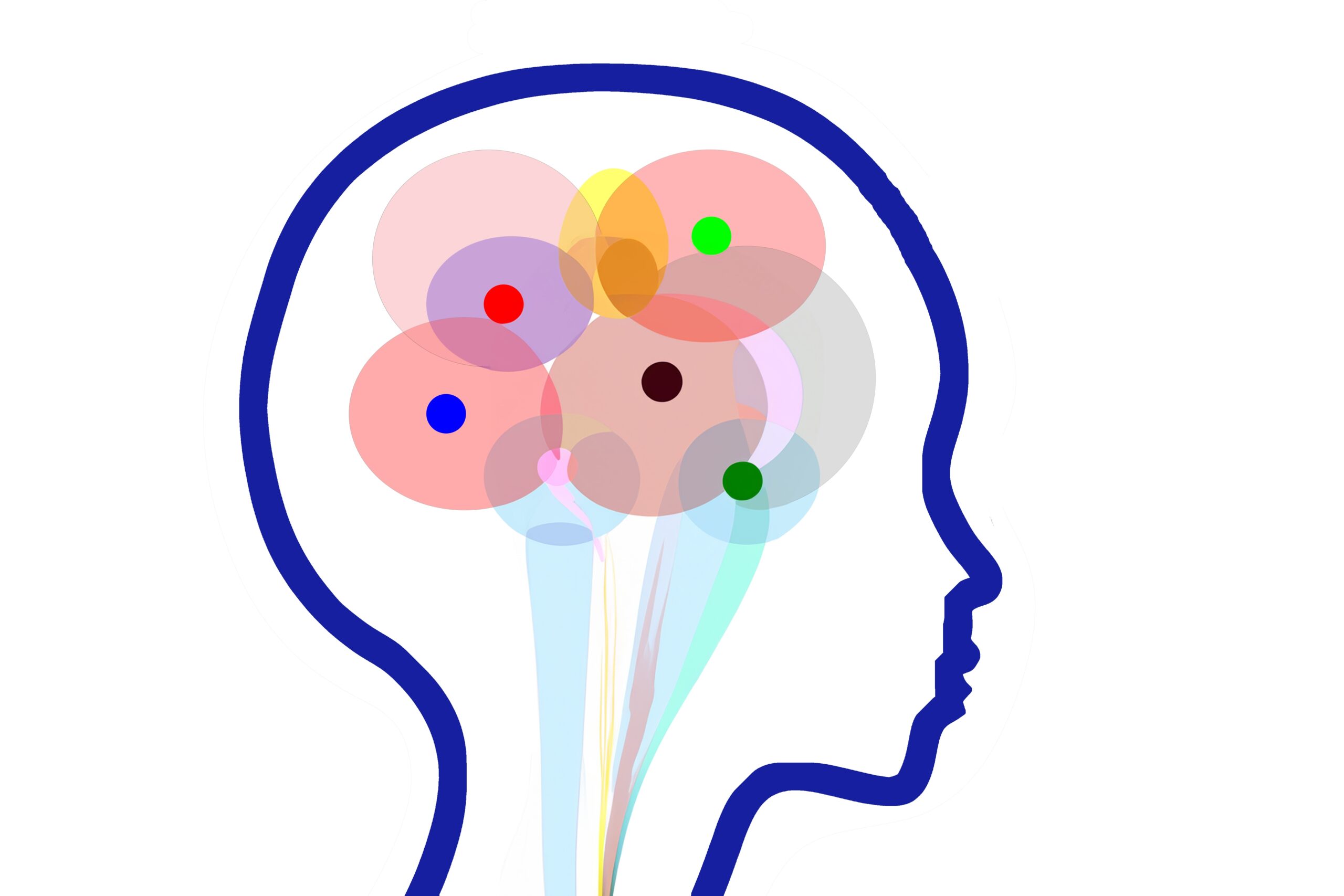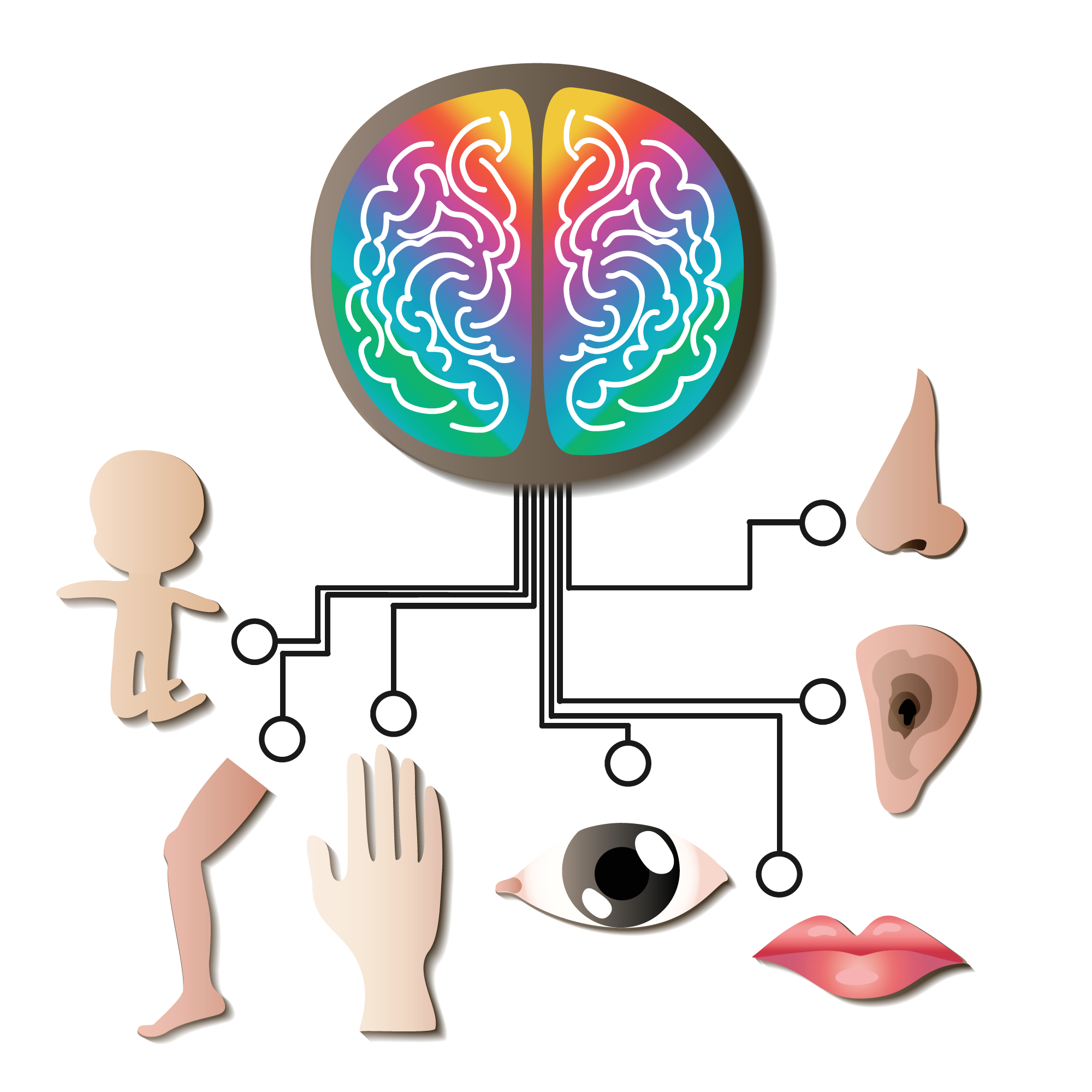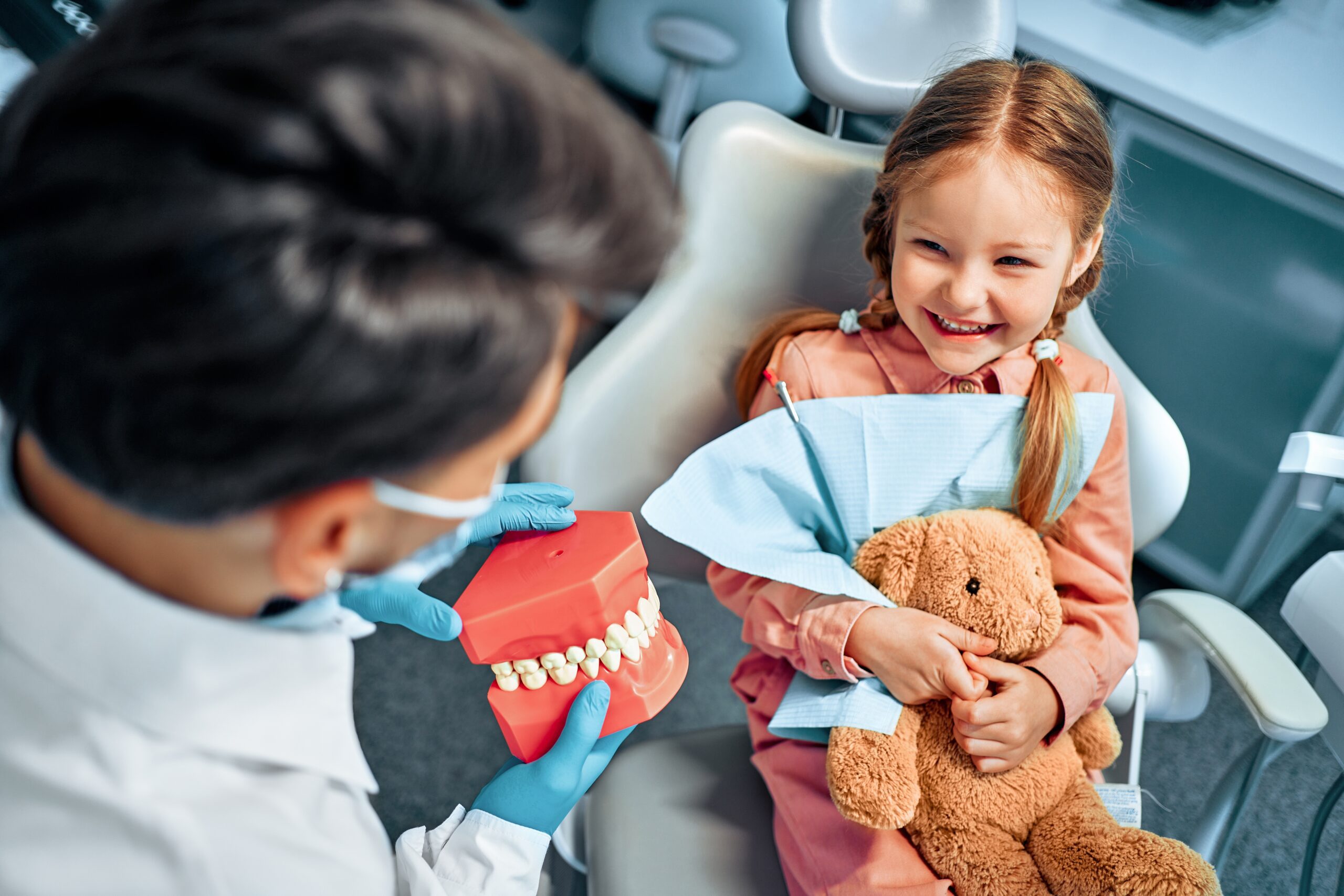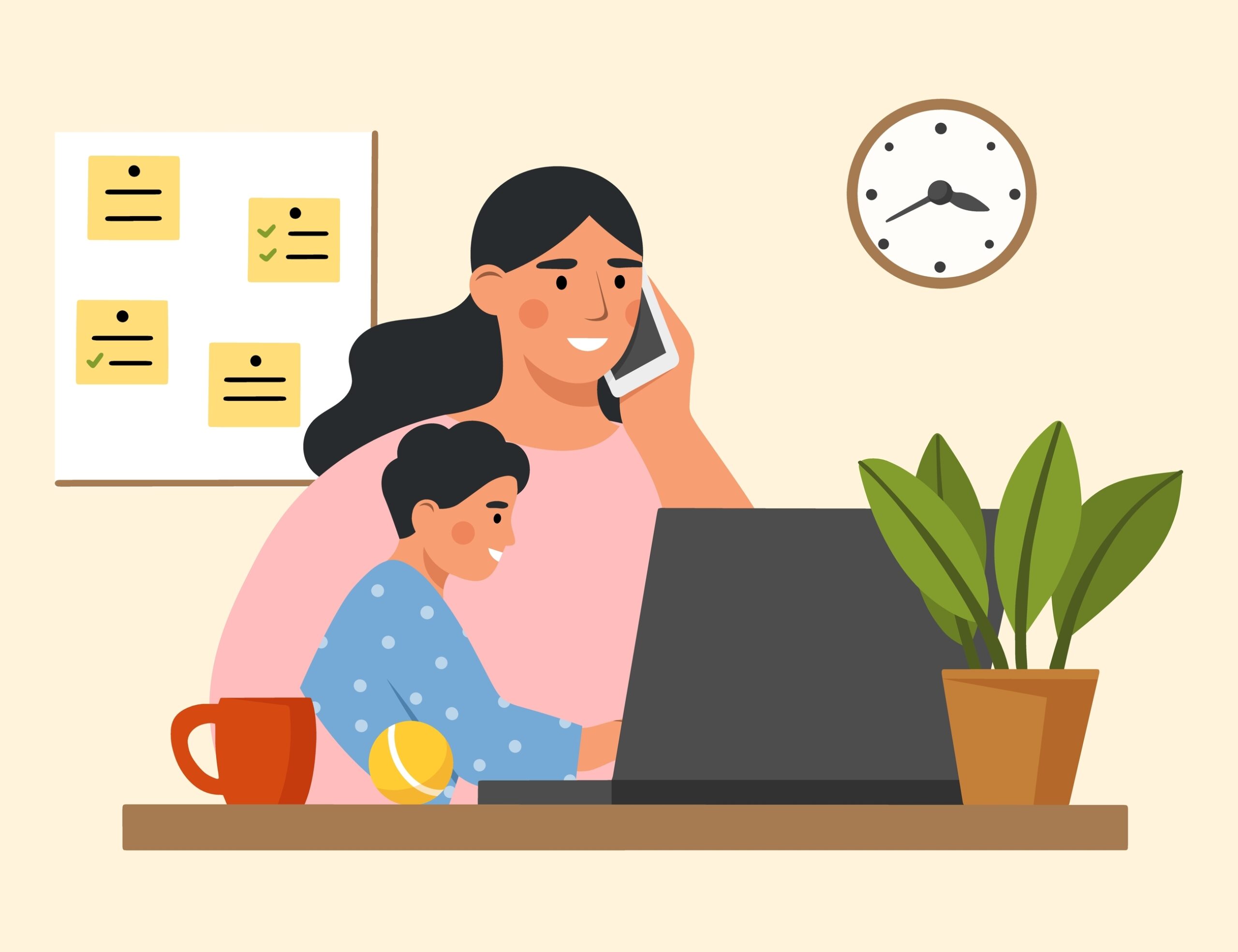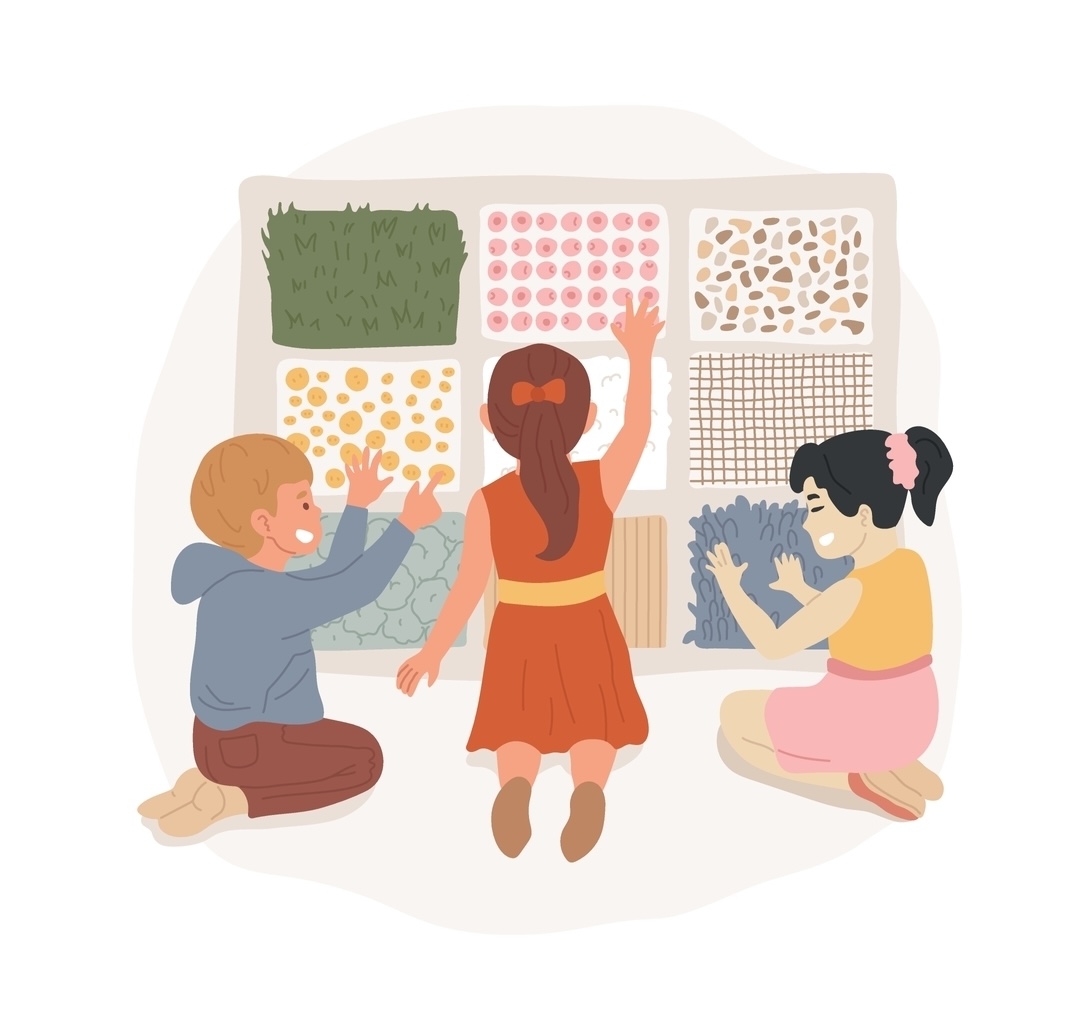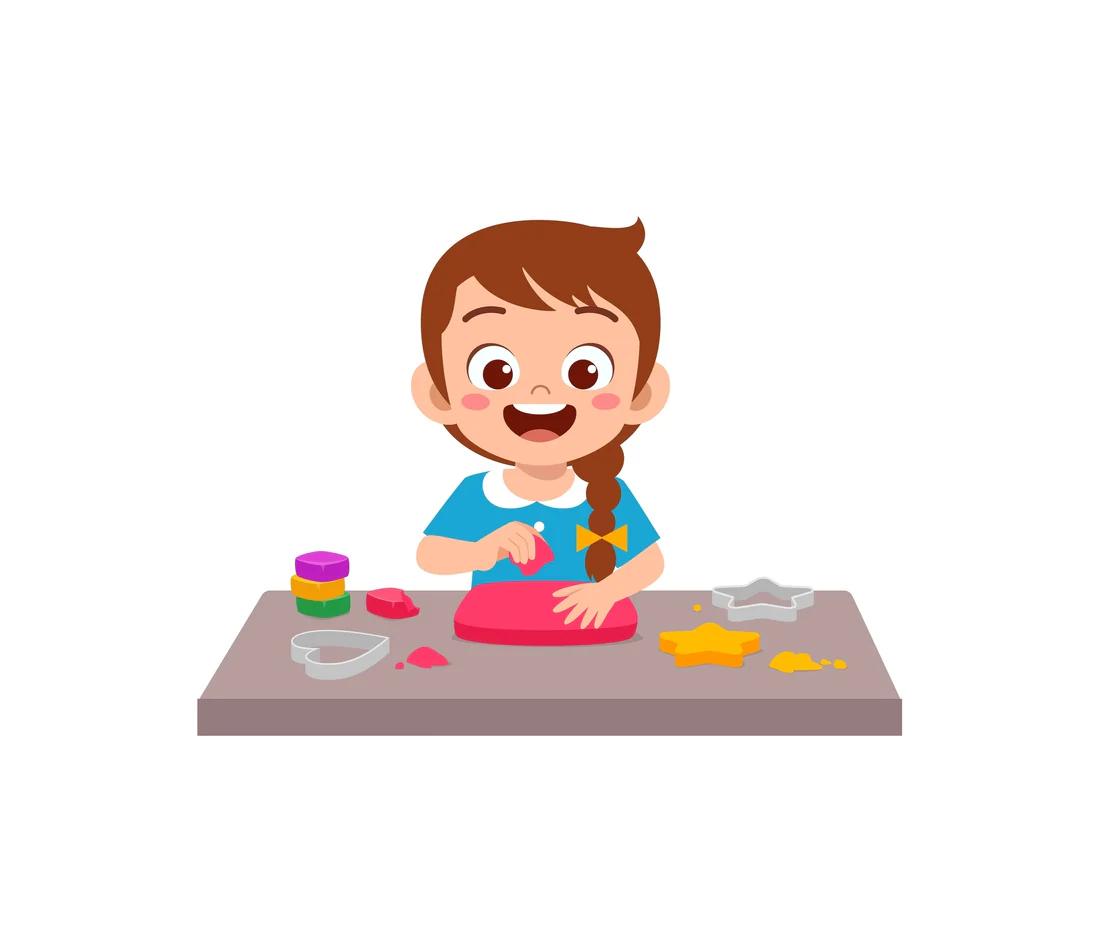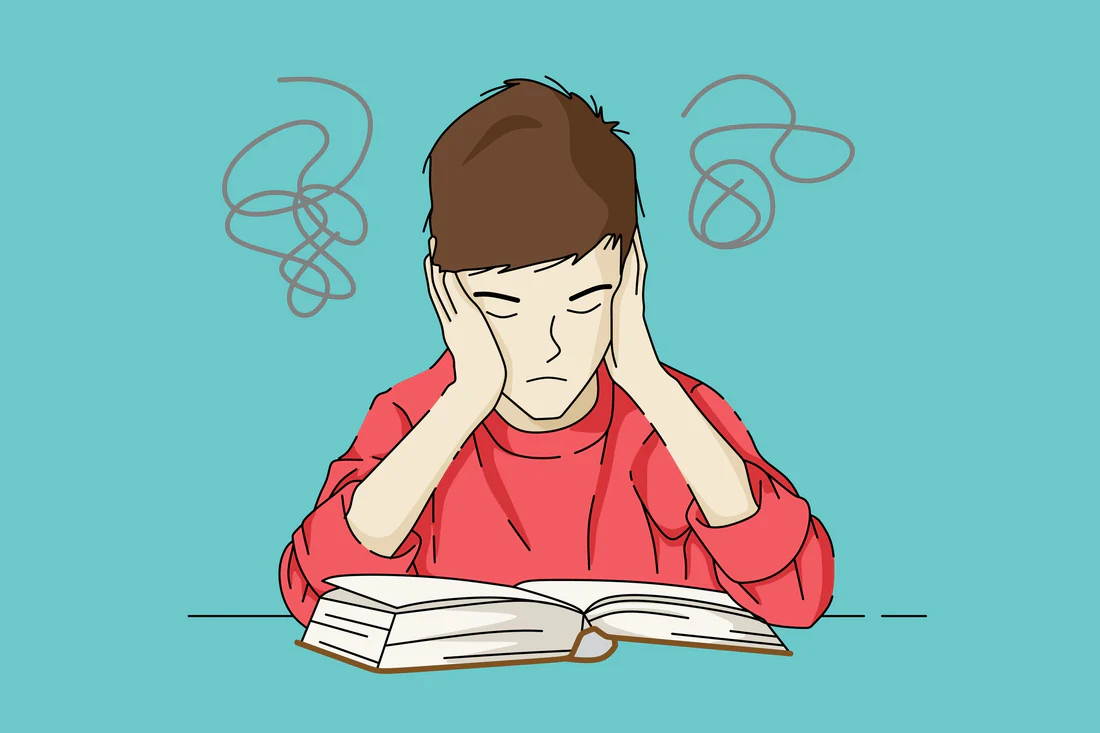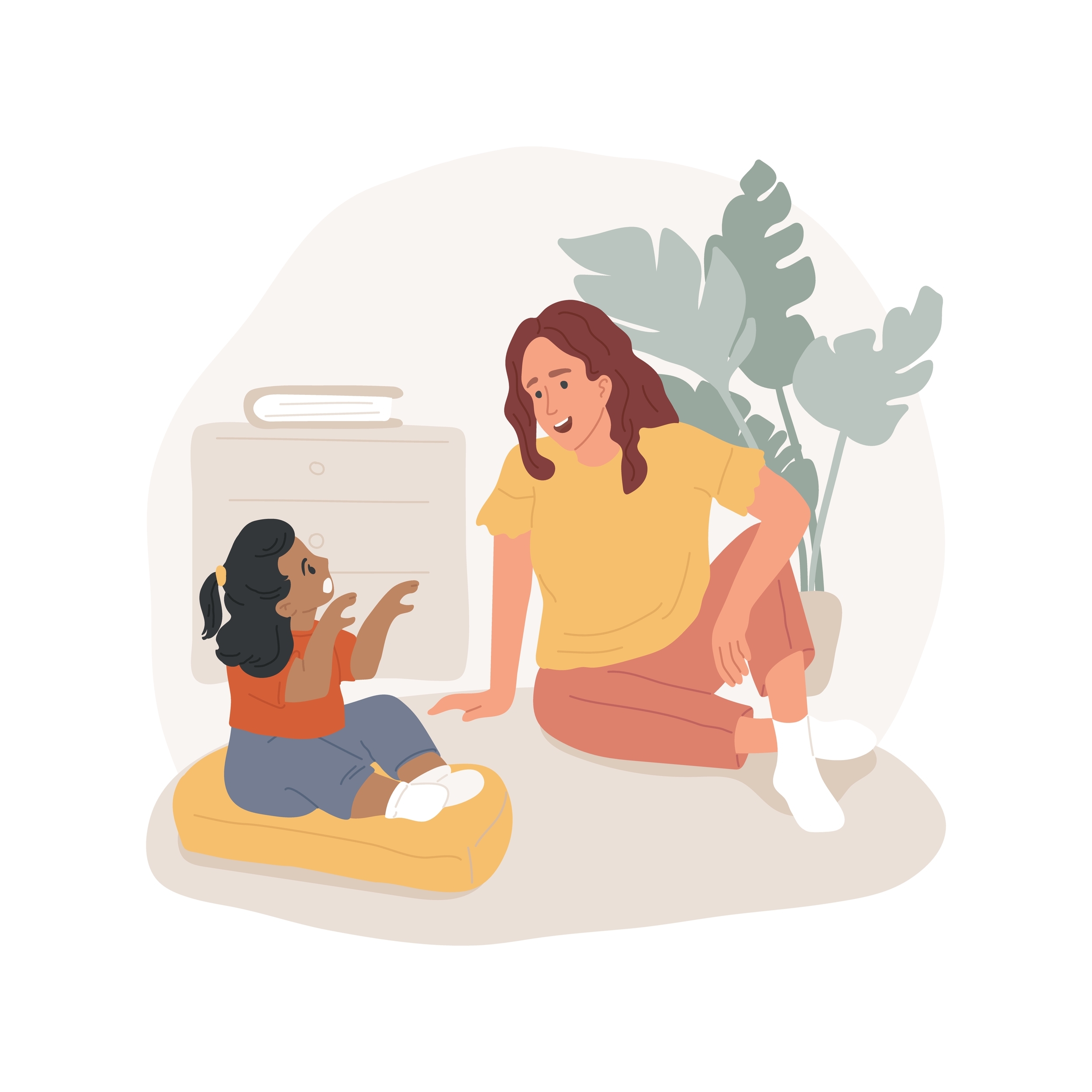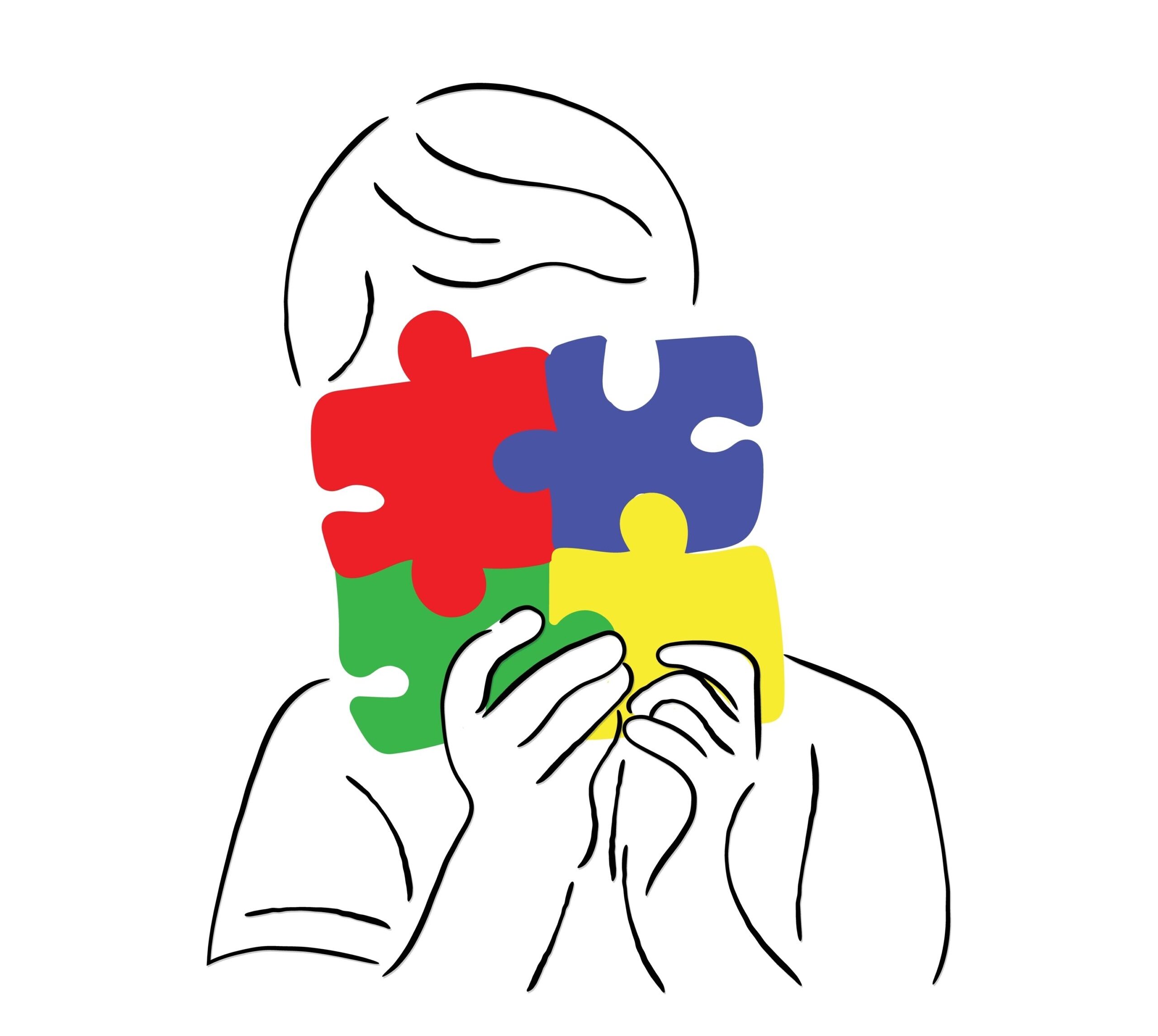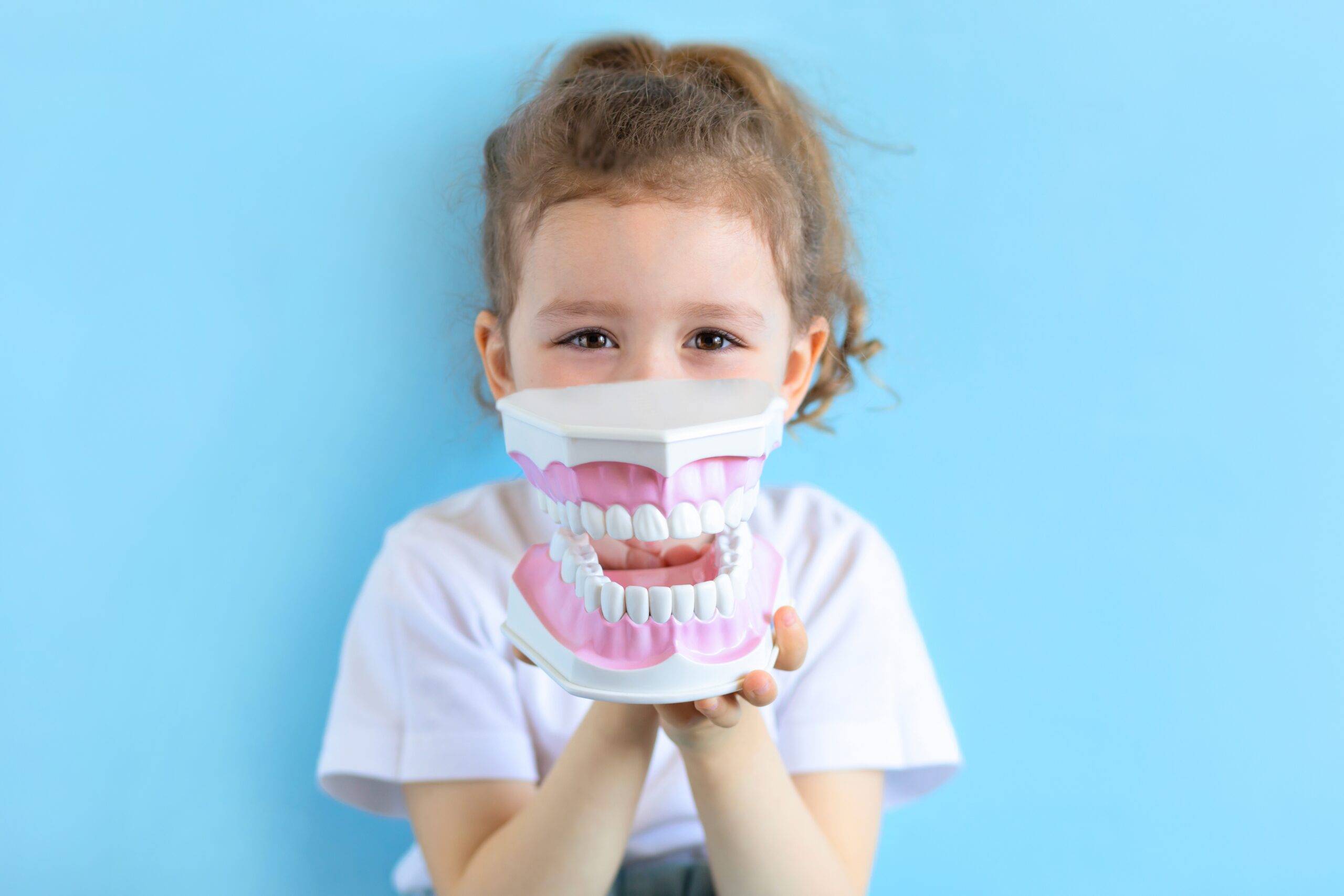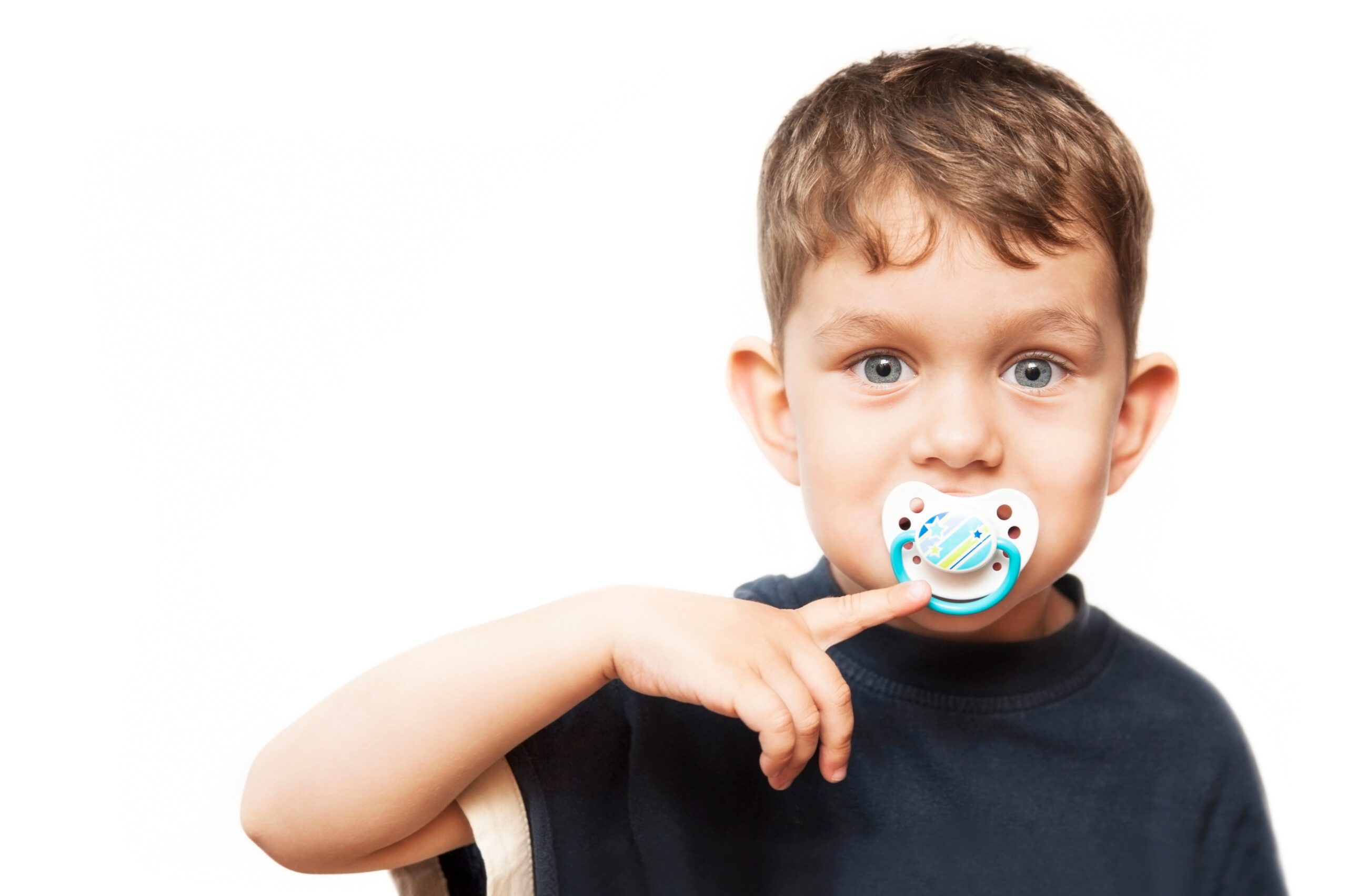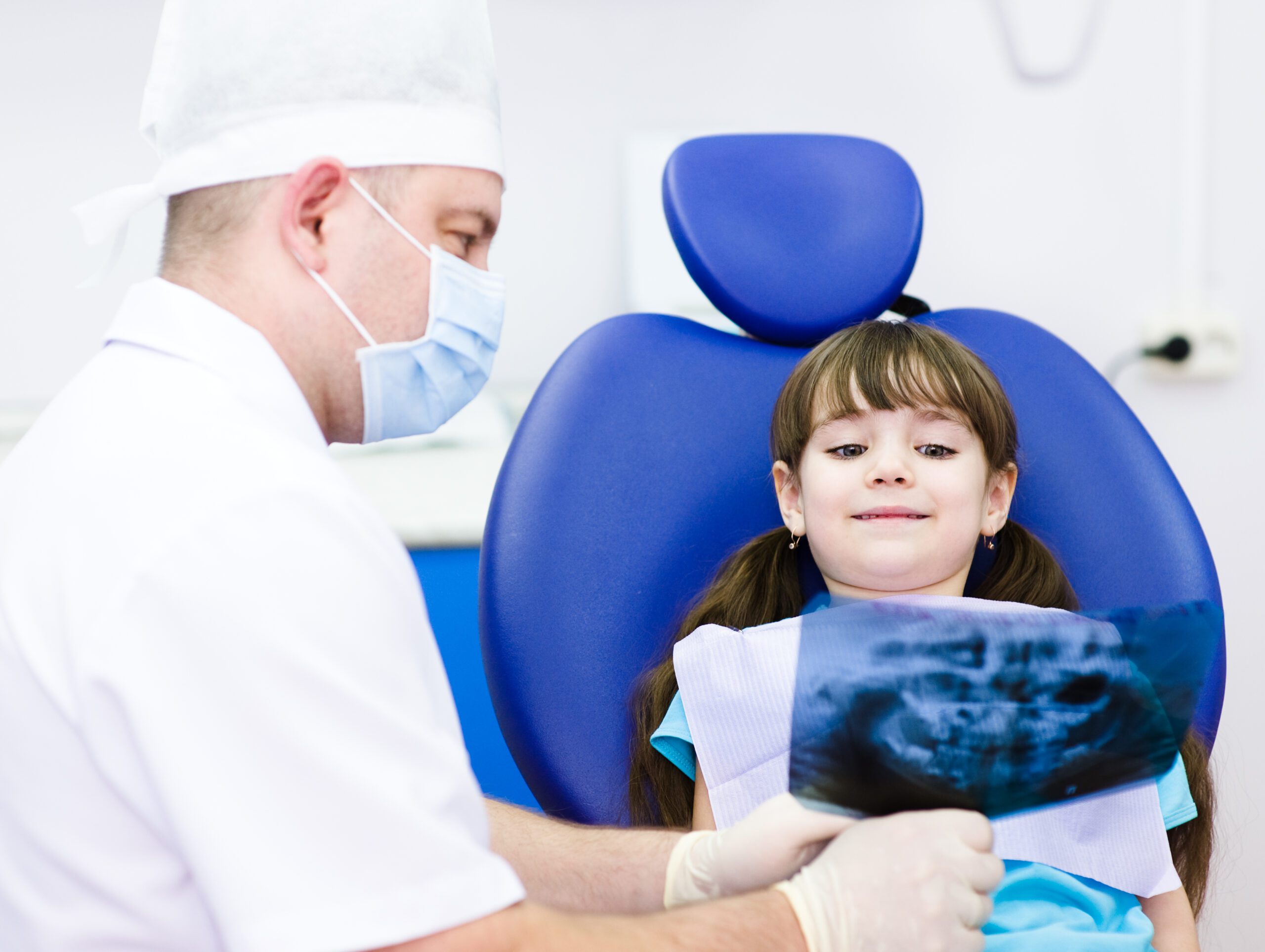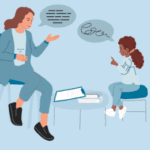
Blog
Early Signs of ADHD: What Every Parent Should Know
Author: DrSensory
February 23, 2025
Early Signs of ADHD: What Every Parent Should Know
Attention-Deficit/Hyperactivity Disorder (ADHD) is a common neurodevelopmental condition that often manifests in early childhood. For parents, recognizing the signs of ADHD can feel overwhelming, especially when distinguishing normal behavior from early warning signals. However, understanding the early signs can empower families to address the condition effectively and provide the necessary support for their child.
This blog provides a detailed overview of ADHD’s early symptoms, the types of ADHD, the diagnostic process, and practical tips for parenting a child with ADHD.
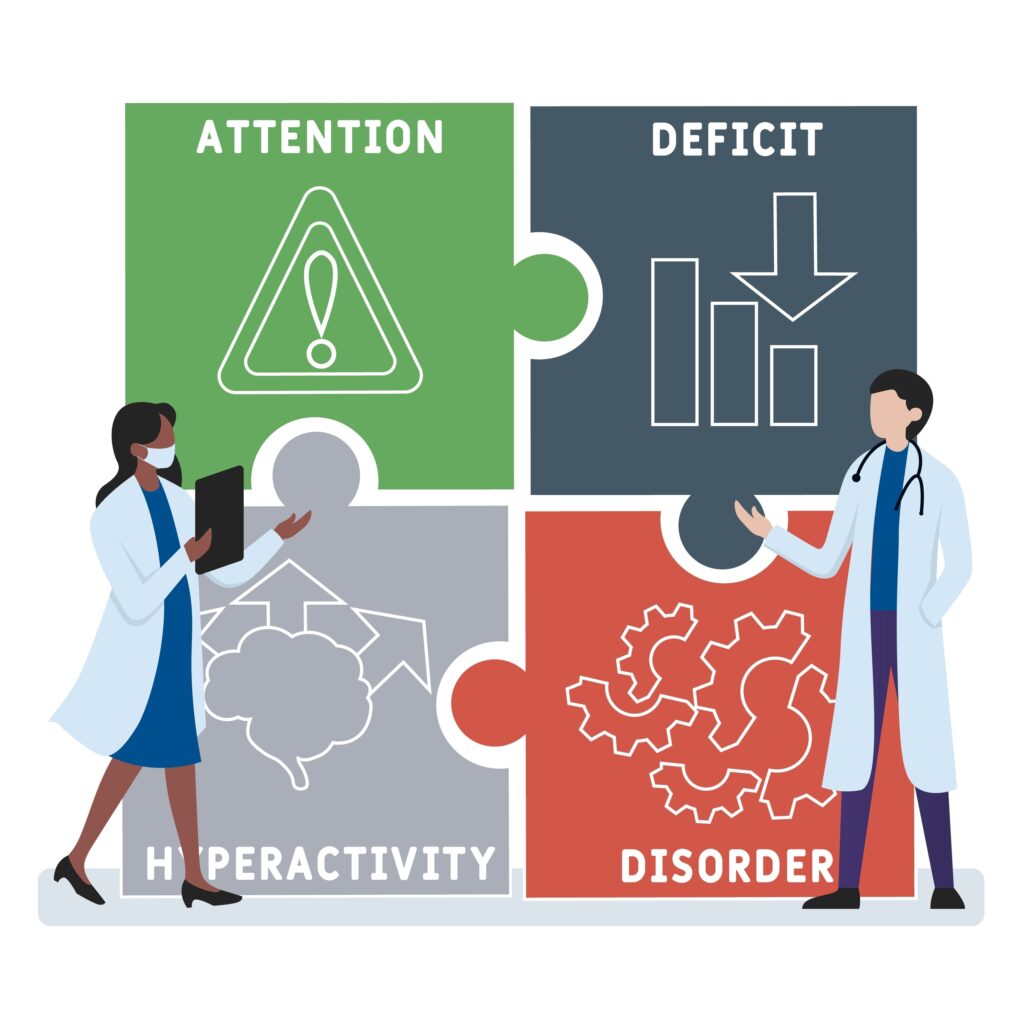
What Are the Early Signs of ADHD?
The symptoms of ADHD generally fall into three categories—inattention, hyperactivity, and impulsivity. These behaviors can manifest differently across children, but the following outlines common traits to watch for in each category:
1. Signs of Inattention
- Difficulty sustaining attention during tasks or play.
- Frequently appearing not to listen when spoken to directly.
- Struggling to follow through on tasks or instructions, leading to incomplete homework or chores.
- Often losing items necessary for tasks, such as school supplies or toys.
- Becoming easily distracted by external stimuli or unrelated thoughts.
- Avoidance or dislike of activities that require sustained mental effort, like schoolwork.
2. Signs of Hyperactivity
- Excessive fidgeting, squirming, or tapping hands and feet.
- Difficulty remaining seated, often leaving their seat in situations where sitting is expected.
- Seeming constantly “on the go,” as if driven by a motor.
- Talking excessively or inappropriately during quiet times.
- Difficulty engaging in activities quietly, such as reading or drawing.
3. Signs of Impulsivity
- Difficulty waiting for their turn during games or conversations.
- Interrupting others or blurting out answers before questions are completed.
- Exhibiting little consideration for the consequences of actions, such as running into the street without looking.
Recognizing these patterns is critical, but it’s important to note that all children exhibit these behaviors from time to time. The key is identifying symptoms that are persistent, occur in multiple settings (home, school, social environments), and interfere significantly with daily functioning.
Types of ADHD
ADHD is not a one-size-fits-all condition; symptoms vary across different types:
- Predominantly Inattentive Presentation:
This type primarily involves difficulty sustaining attention and organizing tasks. It’s often referred to as “ADD” (Attention Deficit Disorder), though this term is no longer formally used.
- Predominantly Hyperactive-Impulsive Presentation:
Characterized by higher levels of hyperactivity and impulsive behaviors, this type is often noticeable due to physical restlessness.
- Combined Presentation:
The most common type, combining symptoms of both inattention and hyperactivity/impulsivity.
Understanding which type of ADHD your child exhibits can guide more specific interventions and strategies tailored to their needs.

The Diagnosis Process for ADHD
If you suspect your child may have ADHD, seeking a professional evaluation is essential. ADHD cannot be diagnosed with a simple test; instead, the process involves multiple steps to ensure accuracy:
1. Clinical Interview
A healthcare professional (such as a pediatrician, psychologist, or psychiatrist) conducts in-depth interviews with both the child and the parents. The goal is to understand the child’s behavior, developmental history, and any difficulties they’ve experienced at home or school.
2. Behavioral Assessments
Parents and teachers may be asked to complete standardized questionnaires, such as the Conners Rating Scale, to provide insights into the child’s behaviors in various settings.
3. Psychological Testing
Testing evaluates the child’s cognitive skills, academic strengths and weaknesses, and behavioral patterns. These assessments help rule out other potential learning difficulties.
4. Medical Exam
A physical examination may be conducted to rule out medical conditions (e.g., vision or hearing issues) that could contribute to attention or behavioral problems.
5. Diagnostic Criteria Check
The healthcare professional compares the child’s symptoms against the criteria outlined in the DSM-5 (Diagnostic and Statistical Manual of Mental Disorders, 5th Edition). To receive a diagnosis, symptoms must:
- Persist for at least six months.
- Be inappropriate for the child’s developmental stage.
- Occur in multiple settings.
- Significantly interfere with daily life.
Early diagnosis opens the door to effective management and better quality of life—for both the child and the family.
Effective Parenting Strategies for Children with ADHD
Parenting a child with ADHD can be challenging, but there are proven strategies to help create a supportive environment that encourages focus and positive behaviors. Here’s how you can make day-to-day life more manageable:
1. Establish a Structured Routine
Children with ADHD thrive on consistency. Set up a predictable daily schedule with set times for meals, homework, play, and sleep. Use visual aids like calendars or checklists to keep them on track.
2. Use Positive Reinforcement
Recognize and reward good behavior with praise, stickers, or small incentives. Celebrate achievements, no matter how small, to build confidence and reinforce positive patterns.
3. Break Tasks Into Manageable Steps
Large tasks can feel overwhelming for children with ADHD. Simplify instructions and break tasks into smaller, more achievable chunks.
4. Create a Distraction-Free Workspace
Set aside a quiet, dedicated area free from distractions for homework or study. Ensure this space has all the tools your child needs to focus—like noise-canceling headphones or a tidy desk.
5. Communicate with Teachers
Maintain open communication with your child’s teachers. Share strategies that work at home and ask for updates on classroom challenges. Collaborating ensures a consistent approach across environments.
6. Encourage Physical Activity
Exercise is a natural energy release that helps with focus and mood regulation. Encourage activities like team sports, swimming, or even a quick trip to the playground.
7. Be Patient and Understanding
Remind yourself that ADHD is not a reflection of your child’s willpower or character—it’s a neurodevelopmental condition. Approach challenges with empathy and patience, offering reassurance and support during tough moments.
8. Seek Professional Support
Don’t hesitate to ask for help. Therapists, counselors, support groups, and ADHD-focused parenting workshops can equip you with the tools and knowledge to build a happier home.

Recognizing the early signs of ADHD and taking proactive steps can make a profound difference in your child’s development and overall well-being. By fostering a supportive environment, maintaining open communication with professionals, and implementing evidence-based parenting strategies, you can help your child thrive.
If you’re noticing signs of ADHD in your child and aren’t sure where to begin, reaching out to a trusted healthcare professional is a vital first step. Remember, you’re not alone in this—there’s a vast community of resources and support available to empower you and your family.
related blogs
Your child is constantly moving, crashing into furniture, or having meltdowns in response to seemingly minor things like a loud
Your toddler refuses to wear certain clothes, has huge meltdowns in noisy places, or is an extremely picky eater, limited
Your child seems to miss verbal instructions, struggles to follow conversations in noisy environments, and often asks "what?" even when
On the surface, autism and Ehlers-Danlos syndrome (EDS) might seem like two entirely unrelated conditions. One is a neurodevelopmental condition
The intense head pain begins, lights feel blindingly bright, and every sound seems amplified to an unbearable level. You retreat




